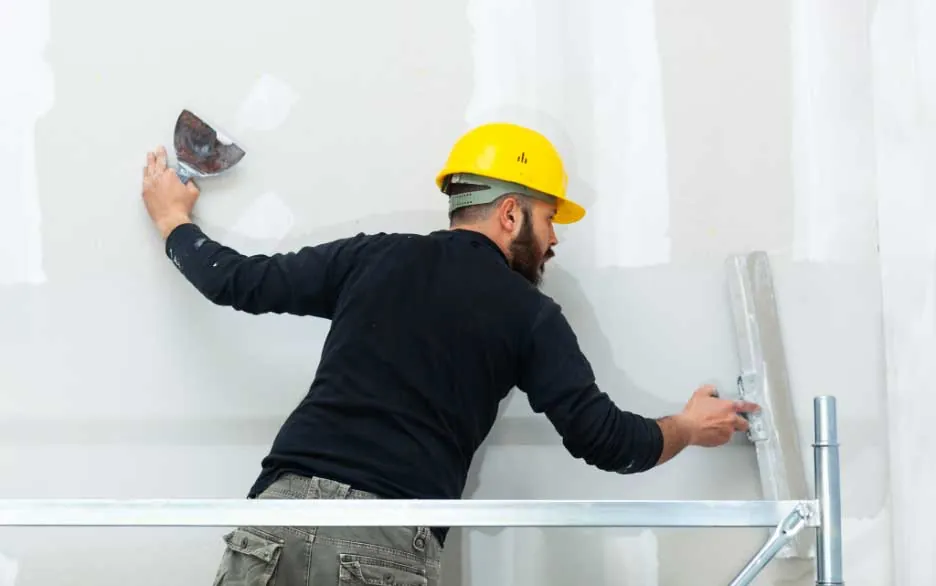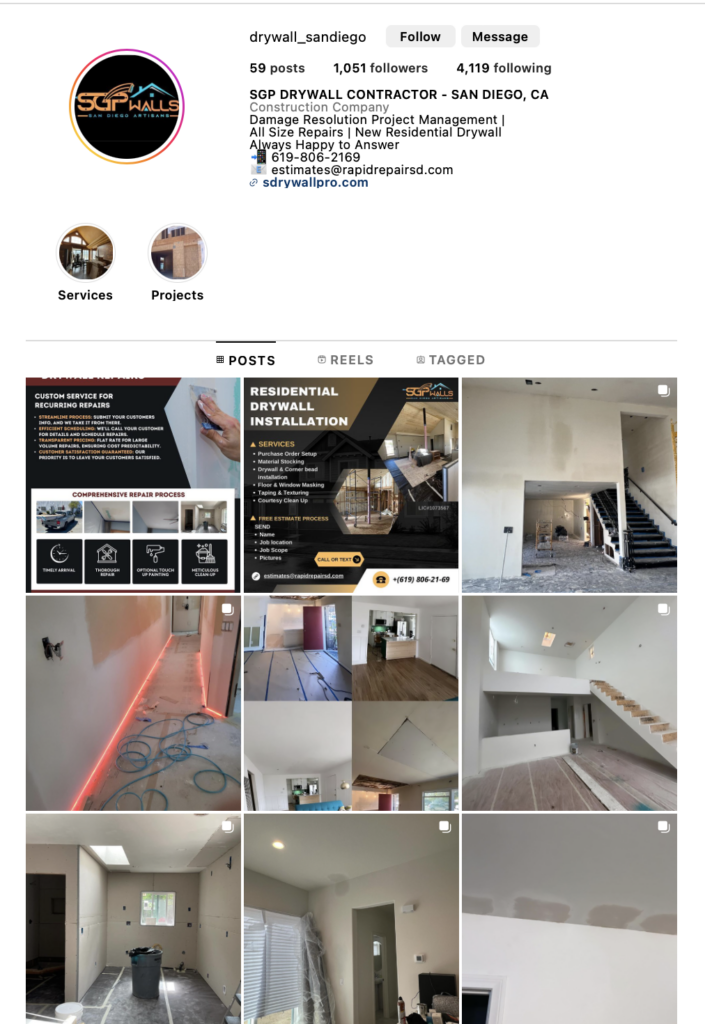Comprehensive Drywall Contractor Support for New Builds
Comprehensive Drywall Contractor Support for New Builds
Blog Article
Full Guide to Reputable and reliable Drywall Setup
Drywall installation is an important element of any kind of building and construction or remodelling task, requiring a careful strategy to make certain both effectiveness and reliability. It is vital to check out the nuances of each step in the process, as they collectively add to the general success of the drywall installation.
Important Devices for Drywalling
When starting a drywall installment job, having the right devices is critical for attaining a specialist surface. Important devices consist of a drywall knife, measuring tape, and a T-square, which are fundamental for exact measurements and smooth cuts. A drywall lift is likewise extremely beneficial, especially for ceiling setups, permitting easier handling of heavy panels.
For securing the drywall, a cordless drill and drywall screws are needed. The drill ought to be equipped with a drywall bit to make certain efficiency and accuracy. Additionally, an essential tool is the drywall saw, which assists in reducing about other obstacles and electrical outlets.

Furthermore, protective gear such as shatterproof glass and a dust mask are vital to guarantee personal safety throughout the setup procedure. Using the right tools not only boosts the top quality of the installation but also simplifies the operations, making the job much more reliable total.
Preparing the Area

Next, analyze the condition of the ceilings and walls. Fix any type of existing damage, such as holes, cracks, or peeling paint, to ensure a smooth and also surface area for drywall application. In addition, check for electric outlets, plumbing lines, and cooling and heating air ducts, noting their locations to stay clear of problems during setup.
It is also critical to determine the room precisely, establishing the dimensions of the wall surfaces and ceilings to compute the appropriate amount of drywall required. Create a thorough plan that consists of the format and orientation of the drywall panels.
Setup Techniques
Effective setup methods are important for attaining a specialist surface in right here drywall jobs. Appropriate dimension and cutting of drywall sheets are essential actions.
When hanging drywall, begin with the leading and job downward, ensuring that the lengthy side of the board is vertical to the framework. Safeguard the sheets with screws rather than nails, which offer higher holding power and minimize the danger of popping. Location screws every 12 inches along the sides and every 16 great site inches in the area of the board.
For edges, utilize corner beads to achieve sharp, clean edges. When installing on ceilings, use a drywall lift or have a partner aid in holding the sheets in position (drywall repair). Keep a space of concerning 1/4 inch over the flooring and ceiling to fit development and tightening
Ending Up Touches

Begin by using joint tape over the joints. This can be either paper or fiberglass fit together tape, with paper being chosen for its sturdiness. When the tape is in location, it's time to apply the very first coat of joint compound, likewise called mud. Use a 10 to 12-inch taping blade to spread out the compound uniformly over the taped seams, feathering the sides to mix with the surrounding drywall.
Allow the compound to completely dry thoroughly, usually 24 hr. After drying out, sand the surface area gently with fine-grit sandpaper to remove any blemishes. drywall contractor. Repeat the mudding and sanding process, usually 2 to 3 layers, guaranteeing each layer is flush and smooth with the drywall surface
Usual Mistakes to Avoid
Lots of Do it yourself fanatics encounter pitfalls during drywall installation that can compromise the final outcomes. One common mistake is failing to correctly cut and determine drywall sheets.
One more regular mistake is incorrect fastening. Using too few screws or nails can result in loose drywall, while overdriving bolts can create the paper to tear, damaging the framework. It's critical to maintain consistent spacing, usually every 16 inches, and to make sure that bolts are flush with the surface area.
In addition, not resolving dampness problems before installation can cause mold and mildew development and architectural damage. Always assess the setting and usage moisture-resistant drywall in high-humidity areas.
Conclusion
Reliable and reputable drywall installation requires careful focus to information throughout the procedure. Preventing typical blunders further contributes to a professional result, underscoring the importance of accuracy and strategy in effective drywall tasks.
It is important to check out the subtleties of each action in the procedure, as they jointly add to the total success of the drywall installation.When beginning on a drywall setup task, having the right devices is critical for achieving a professional finish.For fastening the drywall, a cordless drill and drywall screws are required.Appropriately preparing the area is necessary for an effective drywall installment.Efficient installment strategies are critical for achieving a specialist coating in drywall tasks.
Report this page